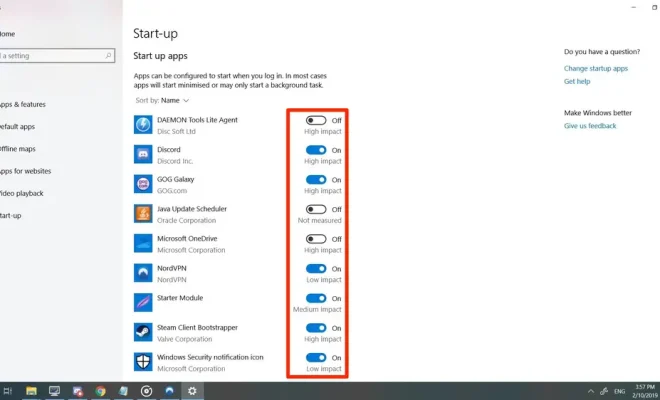How to Check the CPU Temperature on Your PC

Keeping an eye on the temperature of your PC’s CPU is crucial to maintain a healthy and stable computer system. An overheating processor can cause serious damage to the hardware, leading to unexpected shutdowns, crashes, and even data loss. In this article, we’ll guide you through various methods to check the CPU temperature on your PC.
Method 1: BIOS Setup
The simplest way to check your CPU temperature is through the BIOS (Basic Input/Output System) setup. When you start your PC, press the designated key (usually F2 or Del) to enter the BIOS setup. Look for the Hardware Monitor or Monitoring tab, which displays the temperature readings of different components, including the CPU. However, the temperature values shown here may not be accurate, as they are based on the sensor calibration of your motherboard.
Method 2: Third-Party Software
There are many third-party software programs that can read the temperature of your CPU and other components in real-time. Some of the popular ones include HWMonitor, Core Temp, SpeedFan, and Open Hardware Monitor. These programs are free to download and provide more accurate temperature readings than the BIOS setup. They also display additional information such as voltage, clock speed, and fan speed.
To use these programs, simply download and install them on your PC. Once installed, launch the program and look for the CPU temperature section. The value displayed usually ranges from 30 to 70 degrees Celsius, depending on your CPU model and workload. If the temperature goes beyond 90 degrees Celsius, it indicates overheating and requires immediate action.
Method 3: Task Manager
Windows 10 also offers a built-in feature to check the CPU temperature via the Task Manager. To access this, right-click on the taskbar and select Task Manager. Click on the Performance tab and then select CPU. Here, you can see the current CPU usage and temperature. However, this method only works for newer CPUs that support the necessary sensors.
Method 4: CPU-Z
CPU-Z is a free utility that provides detailed information about your CPU, motherboard, and other hardware components. It also displays the real-time temperature of your CPU. To use it, download and install CPU-Z on your PC. Launch the program and select the CPU tab. Here, you can see the CPU temperature under the ‘Core Speed’ section. However, CPU-Z doesn’t offer continuous temperature monitoring like other software programs.
Conclusion
Monitoring the temperature of your PC’s CPU is necessary to prevent any potential damage or system instability. The methods mentioned above are easy to follow and provide accurate temperature readings. It is recommended to check the CPU temperature regularly, especially during heavy workloads such as gaming, rendering, and video editing. If you notice any abnormal temperature spikes or overheating, ensure proper ventilation, clean the dust from the fans and heatsinks, and if necessary, replace the thermal paste or install additional cooling solutions.




